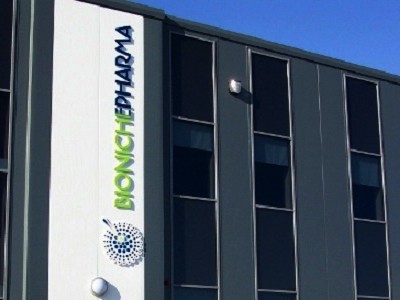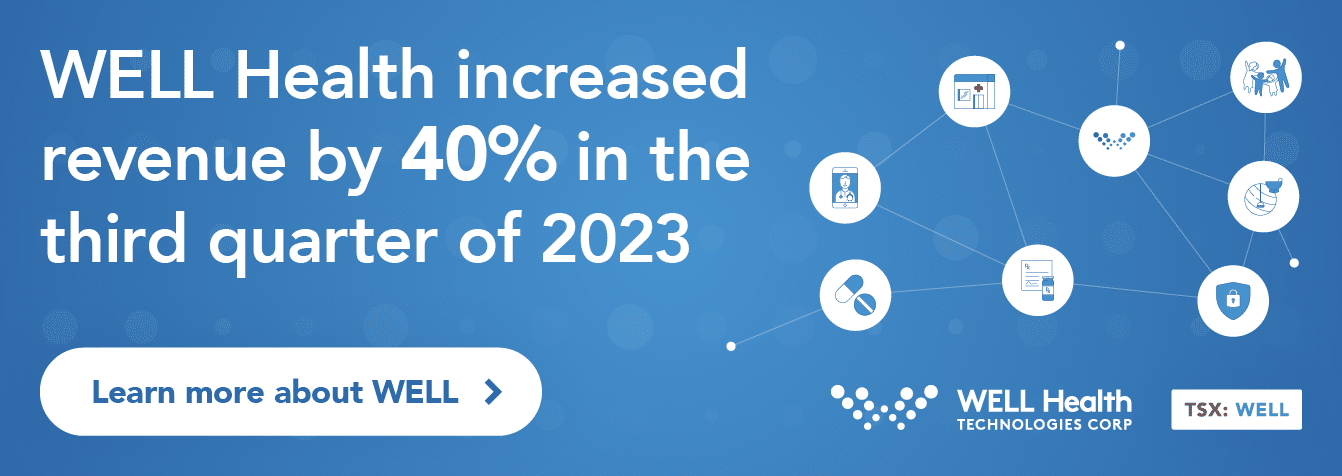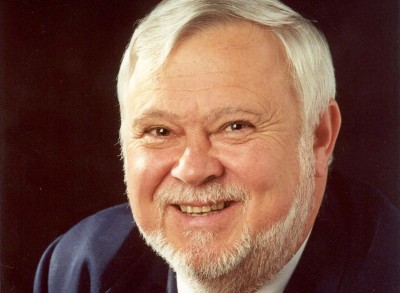

Shares of Bioniche Life Sciences (Bioniche Life Sciences Stock Quote, Chart, News: TSX:BNC) have surged since the company a few weeks ago announced that the FDA agreed to accept a Biological License Application (BLA) for the potential approval of their immunotherapy product Urocidin.
Today, the company announced it is making an orphan drug application for Urocidin with FDA, a move to gain greater market exclusivity if in fact the Urocidin BLA were to be approved in the future. Bioniche has been developing Urocidin for the treatment of non-muscle invasive bladder cancer for over a decade. The potential for regulatory approval has clearly excited investors, even though a FDA decision is likely a year or more away. In the meantime, the company should benefit from the increased profile and attention that comes along with imminent orphan drug and BLA submissions.
Bioniche has gone through a remarkable transition over the past few years. It has divested its agriculture business for $61 million, retired the majority of its debt, de-listed from the Australian Stock Exchange, dealt with a dissident shareholder group, changed CEOs, and reclaimed the product rights for Urocidin from their former partner Endo Pharmaceuticals. All these moves were made to create a new Bioniche, a pure-play human health company focused on Urocidin as its lead asset.
The exact indication that Bioniche is seeking for Urocidin is “Bacillus Calmette–Guérin (BCG) refractory high grade non-muscle invasive bladder cancer”. In more simplistic terms, Urocidin would be used for patients with superficial bladder cancer (cancer that has not penetrated into the muscle) who have failed the pharmaceutical standard of care (refractory to BCG). Currently these patients have very little therapeutic options once they have failed BCG and therefore often end up having cystectomies (bladder removal). Clearly patients and physicians would be highly interested in another therapeutic option, such as Urocidin, before opting for a cystectomy.
Investors may not have perfect clarity on the Urocidin data, but what they do have is a pretty clear set of near term milestones, which should keep the Bioniche story topical.
Bioniche has run a number of clinical studies with Urocidin in bladder cancer, including a Phase III study. The studies have shown promising results for Urocidin in patients with bladder cancer who have failed BCG treatment. However, the studies have been uncontrolled (i.e. no comparative arm) and therefore the results are subject to a certain amount of skepticism and interpretation. Their Phase II study showed very promising results with 46% of patients treated in the high dose arm (8mg) being tumour free at 26 weeks.
The Phase II data provided the framework for the company’s first Phase III study, which was based on a similar design but with more patients (129 in Phase III vs 55 in Phase II). This Phase III study began in 2006 and enrolment was completed 2009. During the enrolment for the Phase III study the company was actively discussing a second Phase III study design with FDA. Most new drugs will require two successful Phase III studies in order to support an approval, so Bioniche was proactively planning for a second study. In fact, in 2007, it entered into an agreement with FDA known as a Special Protocol Assessment (SPA) for the second Phase III study. Unlike their first and ongoing Phase III, this second Phase III was to be run in treatment naïve bladder cancer patients, not patients who had previously received and failed BCG therapy. This study would have tested Urocidin as first-line therapy versus the gold standard BCG. It was to be a randomized, double-blinded, and enroll 800 patients. It was a bold and expensive study plan; one that if successful, could see Urocidin become the gold standard for first line therapy in non-muscle invasive bladder cancer patients. Bioniche planned to start enrolling in the first quarter of 2008. The study was cancelled in 2009 without ever enrolling a patient.
In 2009 Bioniche entered into a licensing agreement with Endo Pharmaceuticals, whereby Endo paid $20 million upfront and up to $110 million in additional milestone payments for the U.S. rights to Urocidin. Endo had a different vision for the second Phase III study, and it didn’t involve pursuing Urocidin as first-line therapy for non-muscle invasive bladder cancer.
Endo clearly liked what they were seeing, in the ongoing Urocidin Phase III study in refractory BCG patients, enough to write a $20 million cheque. The data from this study came out in 2011, demonstrating that Urocidin had a 25% disease-free survival rate, defined as lack of recurrence or progression to muscle invasive cancer after 1 year, in patients with non-muscle invasive bladder cancer who were refractory to BCG. These results demonstrated a benefit with Urocidin treatment; however, Endo felt that a second Phase III study was still needed to support a BLA submission.
The FDA has clearly looked at the totality of the clinical data on Urocidin, the Phase II, Phase III, and likely whatever data is available from the discontinued Phase III, and feels there is enough quality data to warrant a submission.
The development of Urocidin appeared to be on track, Endo was continuing to fork over milestone payments to Bioniche, another $16 million in total, while initiating a second Phase III study. The second Phase III design continued the focus on patients with non-muscle invasive bladder cancer who had failed BCG, but this time including a comparator arm alongside the Urocidin arm. Mitomycin C was chosen as the comparator product, a powerful chemotherapeutic with a fairly nasty side effect profile.
Enrolment was slow for the second Phase III study. It was believed the prospect of being randomized to receive Mitomycin C was deterring patient accrual. In 2012 a little over a year after it began, Endo decided to discontinue the study, citing slow patient enrolment. A month later, at the end of 2012, Endo returned the U.S. product rights to Bioniche, in essence ending their 3-year partnership.
Since the Endo news, there really hadn’t been any material developments on the Urocidin front, until a few weeks ago with the announcement that the FDA had provided Bioniche written guidance that they would accept a BLA submission for Urocidin. The FDA has clearly looked at the totality of the clinical data on Urocidin, the Phase II, Phase III, and likely whatever data is available from the discontinued Phase III, and feels there is enough quality data to warrant a submission. Furthermore, it would likely see a patient population with BCG refractory non-muscle invasive bladder cancer that needs further therapeutic options before moving onto cystectomy.
From an investor’s perspective it is tough to know what that Urocidin data package looks like, because only the Phase II data have been published. The top-line results for the Phase III study were presented in 2011, but the full study results have never been published. There are little to no details on what if any data is available from the discontinued Phase III.
Investors may not have perfect clarity on the Urocidin data, but what they do have is a pretty clear set of near term milestones, which should keep the Bioniche story topical. Here is a likely list of Urocidin related milestones for the rest of 2014 and 2015.
• Orphan drug submission to FDA
• Publication of Phase III Urocidin data in peer reviewed medical journal
• BLA submission to FDA
• Orphan drug decision by FDA
• Acceptance of BLA submission by FDA with PDUFA date (date by which FDA will decide on whether a drug is approved)
• PDUFA date / FDA decision
Bioniche has mentioned that, given the regulatory clarity it now has for Urocidin, it believes there is an increased likelihood of re-partnering the product. With approximately one year cash on hand, if it doesn’t strike a partnering deal in the near-term, a financing will be necessary to see the company through the Urocidin regulatory process. Nevertheless, the company should have no shortage of news flow to keep investor interest high, as they push towards a potential FDA decision on Urocidin.
Leave a Reply
You must be logged in to post a comment.






 Share
Share Tweet
Tweet Share
Share




Comment